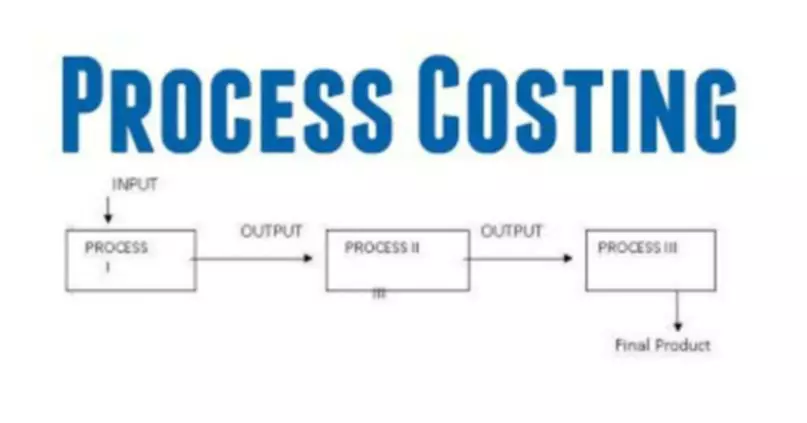Content

An income statement is one of the three major financial statements that report a company’s financial performance over a specific accounting period. It uses that revenue to pay expenses and, if the company sold enough goods, it earns a profit. This profit can be carried into future periods in an accounting balance called retained earnings. It is calculated by subtracting all the costs of doing business from a company’s revenue. Those costs may include COGS and operating expenses such as mortgage payments, rent, utilities, payroll, and general costs. Other costs deducted from revenue to arrive at net income can include investment losses, debt interest payments, and taxes.

This account also reflects the net income or net loss at the end of a period. The earnings of a corporation are kept or retained and are not paid out directly to the owners. In contrast, earnings are immediately available to the business ownerin a sole proprietorship unless the owner elects to keep the money in the business. It’s critical for businesses to determine retained earnings, mainly for visibility purposes.
Cash dividends reduce the cash balance when the dividend is paid.
In later years once the company has paid any amount of dividends, the remainder is recorded as an increase in Retained Earnings. This balance is carried from year to year and thus will grow as a company ages. As a company reaches maturity and its growth slows, it has less need for its retained earnings, and so is more inclined to distribute some portion of it to investors in the form of dividends. The same situation may arise retained earnings if a company implements strong working capital policies to reduce its cash requirements. Any item that impacts net income will impact the retained earnings. Such items include sales revenue, cost of goods sold , depreciation, and necessaryoperating expenses. If the company had not retained this money and instead taken an interest-bearing loan, the value generated would have been less due to the outgoing interest payment.

What are the pros and cons of straight line depreciation versus accelerated depreciation methods? Here’s how you can decide if straight line depreciation is right for your business. The statements and opinions are the expression of the author, not LegalZoom, and have not been evaluated by LegalZoom for accuracy, completeness, or changes in the law. Datarails’ FP&A solution replaces spreadsheets with real-time data and integrates fragmented workbooks and data sources into one centralized location. This allows users to work in the comfort of Microsoft Excel with the support of a much more sophisticated data management system at their disposal.
Video Explanation of Retained Earnings
The decision to retain the earnings or distribute them among shareholders is usually left to company management. ScaleFactor is on a mission to remove the barriers to financial clarity that every business owner faces. In a perfect world, you’d always have more money flowing into your business than flowing out. That’s when knowing how to make a cash flow statement comes in handy. This article highlights what the term means, why it’s important, and how to calculate retained earnings. Retained earnings are the profits that remain in your business after all expenses have been paid and all distributions have been paid out to shareholders.
- Net income is often called the bottom line since it sits at the bottom of the income statement and provides detail on a company’s earnings after all expenses have been paid.
- Creating financial statements paints a picture of your company’s financial health.
- In some situations, the company might not directly explain changes in retained earnings.
- This increases the owner’s equity and the cash available to the business by that amount.
- Generally, to be able to reach a win-win situation, company management often go for a balanced approach.
The profit is calculated on the business’s income statement, which lists revenue or income and expenses. In addition to retained earnings, company leaders can monitor the business’ growth in profit per share and overall stock price over specific periods of time. If they see progressive increases, the company’s current state of reinvesting retained earnings is considered effective. If not, it’s time to reevaluate what’s being done with retained earnings. Retained earnings are calculated by taking the beginning retained earnings of a company for a specific account period, adding in net income, and subtracting dividends for that same time period.
Is retained earnings a debit or a credit?
As the firms pay a dividend to the shareholders despite losses, the retained sum decreases. On the other hand, when they earn profits, the retained sum increases. Its value keeps changing depending on the increase and decrease in the revenue and expense figures. The statement of retained earnings records the activity in the retained earnings formula. Accountants use the formula to create financial statements, and each transaction must keep the formula in balance.
A Closer Look At Kingsway Financial Services’ Impressive ROE – Simply Wall St
A Closer Look At Kingsway Financial Services’ Impressive ROE.
Posted: Wed, 28 Dec 2022 11:51:48 GMT [source]
Additionally, retained earnings is often used to finance possible mergers and acquisitions where a target business might provide some synergy or cost efficiencies. It is important to note that retained earnings can be reduced by all three of these components if net income for the period is negative. In this post we will cover retained earnings, how it is calculated, how it is used by management and some of its limitations. But while the first scenario is a cause for concern, a negative balance could also result from an aggressive dividend payout – e.g. dividend recapitalization in LBOs. On the balance sheet, the relevant line item is recorded within the shareholders’ equity section.
What Metrics Related to Retained Earnings Should Business Owners Use?
Thus, gross revenue does not consider a company’s ability to manage its operating and capital expenditures. However, it can be affected by a company’s ability to competitively price products and manufacture its offerings. Because the income statement “resets” each https://www.bookstime.com/ year, all revenue and expense activity is transferred out of nominal accounts and into real accounts on the balance sheet. Revenue is the income earned from selling goods or services produced. Retained earnings are the amount of net income retained by a company.
- Let’s say your business has beginning retained earnings of $10,000 and net income of $4,000.
- If further transactions are created in a previous financial year and after the Close Off, additional Year End Adjustments are automatically created with the new transaction.
- Gross sales are calculated by adding all sales receipts before discounts, returns, and allowances.
- The balance sheet is where you can find the beginning period’s retained earnings.
- Regardless of the budgeting approach your organization adopts, it requires big data to ensure accuracy, timely execution, and of course, monitoring.
- Factors such as an increase or decrease in net income and incurrence of net loss will pave the way to either business profitability or deficit.





